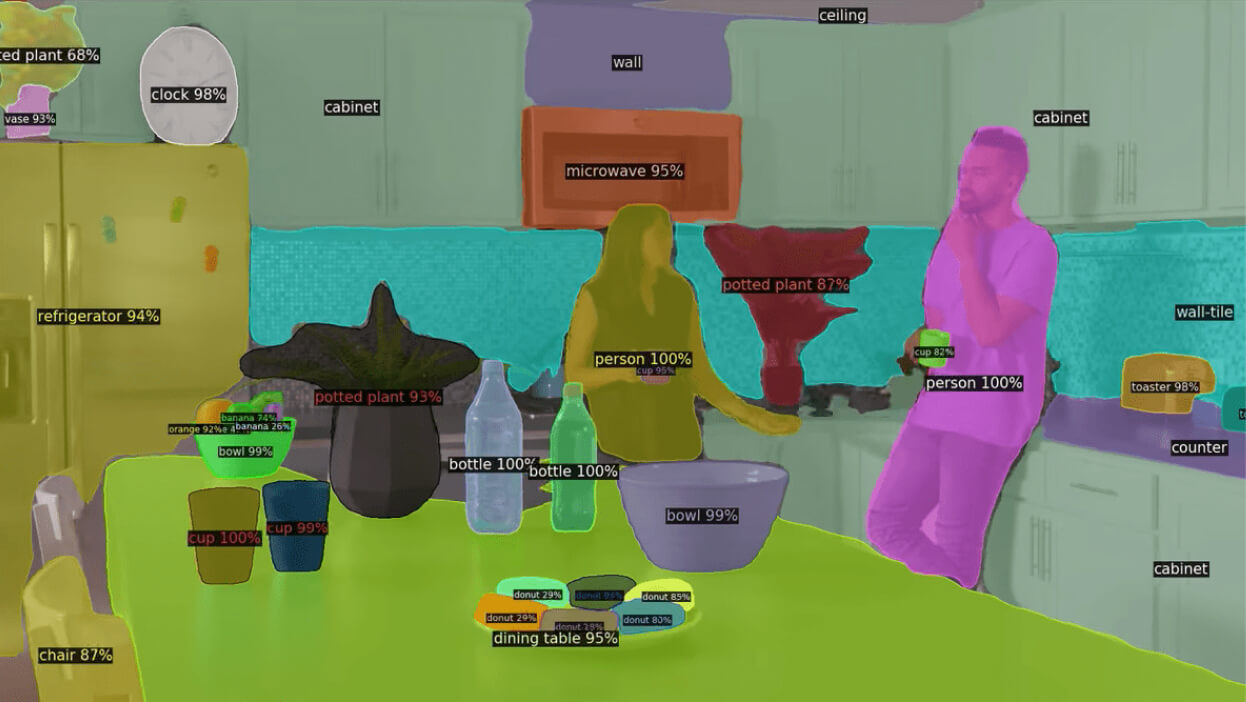




Determination of the size of rock granules in a bucket and on a conveyor

Computer vision
01/
Сhallenge
The size of the rock pellets is an indicator of the efficiency of the entire mining process.




Very small pellets indicate that extra explosives are spent on drilling and blasting - it's expensive.
Too large granules reduce the performance of the bucket, because voids form in it. And they also require more processing time and can even break the crushing machine.
Solution
Counting granules of different sizes using computer vision algorithms.
Task
It is necessary to determine the number and size of granules in the bucket and on the belt and find granules of too large size.

02/
Why is it useful
Employees do not have to evaluate the composition of the conveyor belt by eye – and this is additional time and qualifications:
automation of the verification process
acceleration and optimization of bucket/belt operation


The data about this is transmitted to the customer

The system analyzes the video and highlights granules of too large size


Cameras are installed on the conveyor and bucket (if they are not already there)


03/
How it works
Problem
If the video quality was sufficient indoors, then it was more difficult to work "in the fields". The bucket is quite dark during the day, and often the work goes on at night.
Solution
Additional lighting and additional training of the model were needed to work in difficult visual conditions.
The bucket is dark
Problem
There could be from 600 to 1000 objects in one picture, and they all look pretty similar. Besides, the conveyor belt is moving fast.
Solution
Therefore, markup played an important role in the project — and we had to work with it.
Large mass of similar objects
04/
The problems we are facing


Middle software engineer / DS & ML engineer
Maxim Lukin


Nikita Buzanov
Tech lead


Sergey Solovyov
Senior software engineer
Project team
05/

Library for object recognition.
Detectron2

Tools
Internal markup tool
Markup
More

06/
Rendering by granules
07/


Dumpcars/belaz
08/
Kafka

calibration of cameras

HLS-stream

working with 3D cameras and depth maps

What we have learned
09/
Contact us

